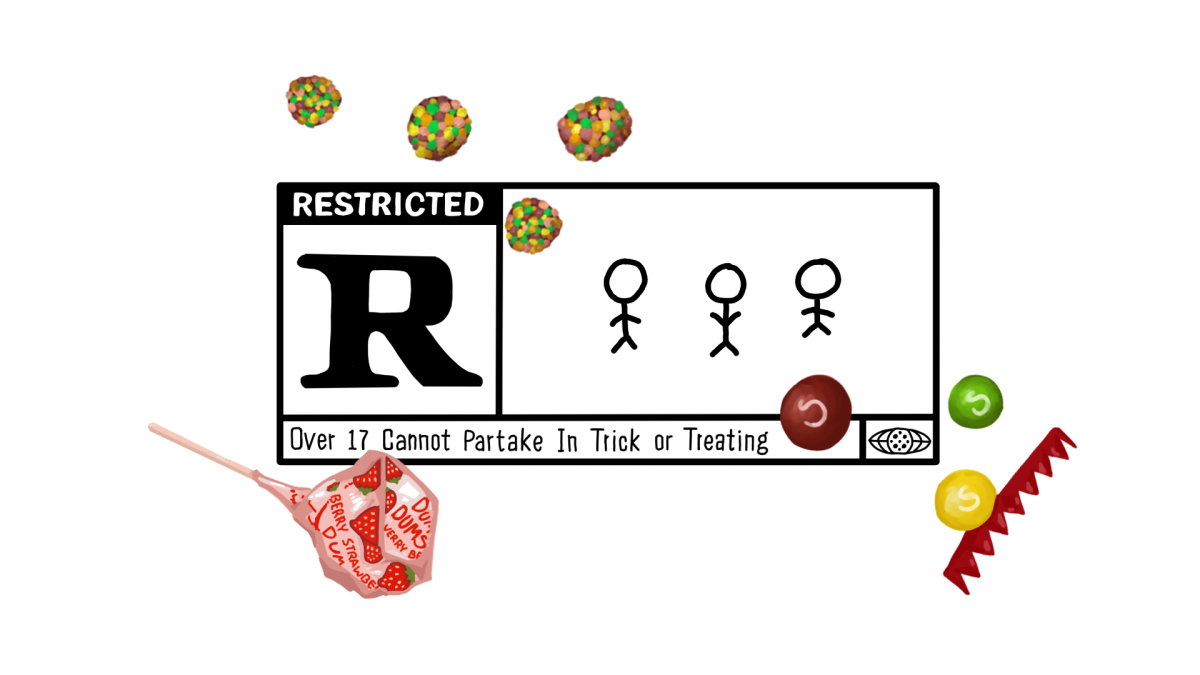It is a bright sunny day at FHS. The bell rings for lunch when someone exclaims, “The UV is nine!” Students rush out to lay on the grass and soak up the sun. As sunlight penetrates their skin cells, granting them bronze, sun-kissed complexions, they wonder: How does tanning actually affect the body?
Unfortunately for the sun-loving students, tanning can cause numerous health issues, such as accelerated skin aging and skin cancers like melanoma, a less common but very serious cancer, according to News in Health (NIH). Specifically, prolonged and unprotected sun exposure can lead to these conditions. Sunlight enters Earth’s atmosphere as ultraviolet (UV) light of different wavelengths, two of which are UVA, longer rays, and UVB, shorter rays. Both kinds of UV light can cause damage to the skin. UVB rays cause sunburn while UVA light travels deeper into the skin. When overexposure occurs, these rays cause the skin to lose elasticity, making it thicker and leathery, wrinkled or thinned. Furthermore, UV light can damage and mutate DNA, leading to cancer. Though many argue that plentiful sun exposure is crucial to absorbing enough Vitamin D, 10 to 15 minutes a day will suffice, according to Dr. Stephen Katz, director of NIH’s National Institute of Arthritis and Musculoskeletal and Skin Diseases.
Beyond the health risks of sun tanning, other methods of tanning can also be harmful. Spray tans and fake tans are two common alternatives. While the active ingredient in self-tanners, dihydroxyacetone (DHA), is FDA approved, other components can be harmful, according to Everyday Health. A primary issue with spray tans is the inhalation of DHA and aerosols. This can negatively impact lung health and worsen any existing lung health issues. Additionally, added fragrances in both spray and self-tanners can irritate the skin.
However, tanning does not just concern physical health. Beauty standards determine a culture’s opinion on what skin tones are favorable. This often goes deeper than aesthetics, and depends on the traits people associate with different shades of skin.
“In Asia, asian beauty standards historically associate fair skin with nobility and purity, leading to the popularity of skin whitening products,” according to AB Plastic Surgery, located in Seoul, South Korea. “In contrast, a sun-kissed, tanned look is seen as healthy and attractive in Western cultures, often associated with an active, outdoor lifestyle.”
Thus, whether or not someone chooses to tan is largely dependent on what their culture deems beautiful.
Evidently, skin tanning has its numerous consequences. Considering the risks of skin cancers, premature aging, lung harm and irritation, all forms of tanning have their own negatives. Despite this, everyone has the right to choose how they want to express themselves with their appearance. If the health risks are worth the tan skin to some people, they can make that choice. However, the motivation of intentional tanning — changing one’s skin color to adhere to a certain beauty standard — is no different than the motivation of skin whitening in Asian cultures. Ideally, everyone should accept their skin as it is and not change it for someone else’s sake. Therefore, intentional tanning is harmful not only to one’s physical health, but also to their self-acceptance.





















